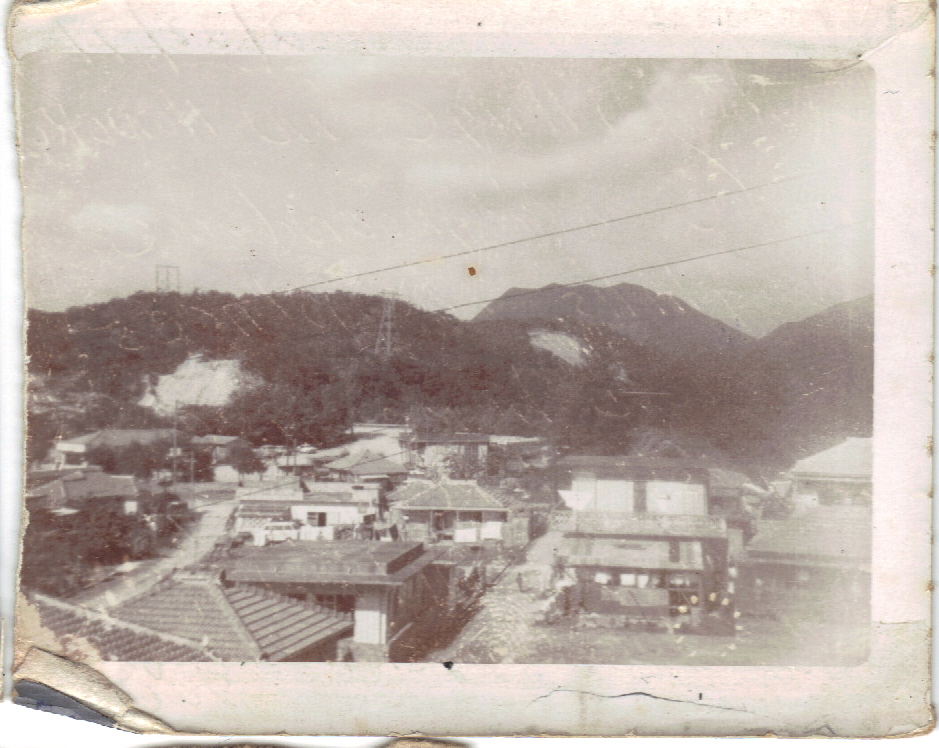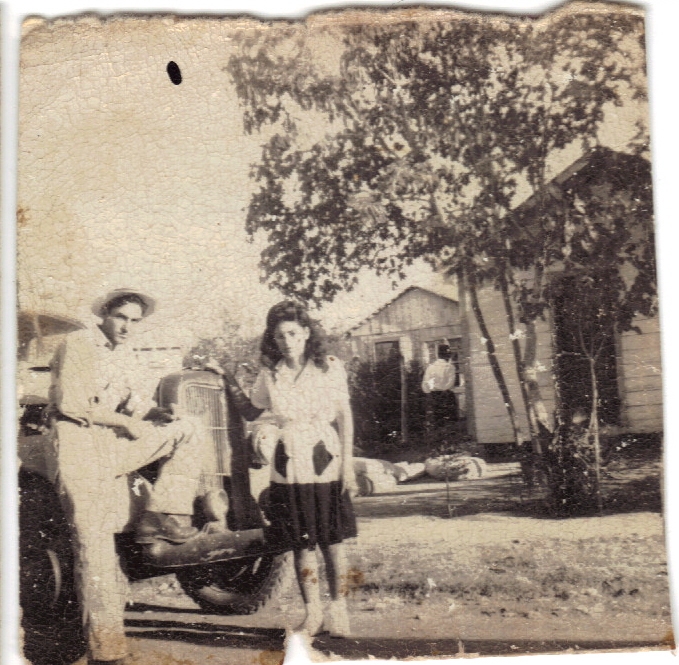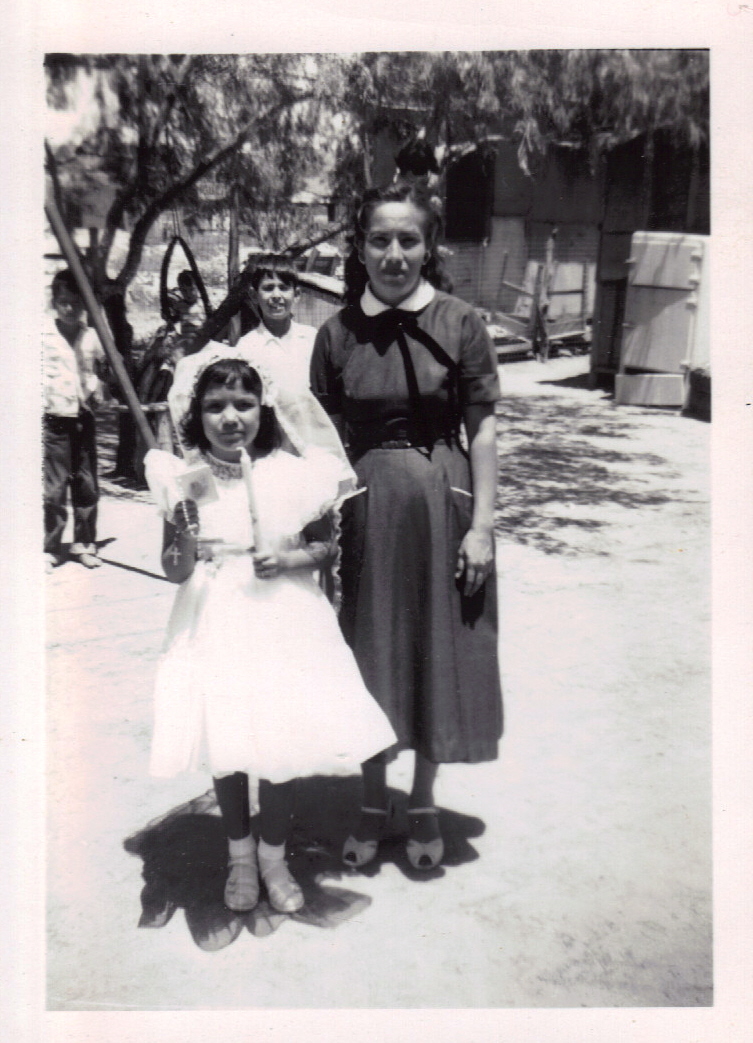Ursula Trevino (nee Jimenez)


What are your favorite memories growing up there?
Well when we were older, I remember going to quinceaneras. I liked to go just to see the decorations people would put up. Back then everything was decorated with colored paper you'll use it as Kleenex now, but back then different colors of it would be used to create big flowers and long strings of paper; and back then all the parties were held at the house of the individual changing age. Every young girl would always go to the parties with their mom's never alone - So different back then from now.
Do you have any memory of your father before he passed?
I was only four when he passed, so I don't remember too much.

What about your mother any favorite memories of her?
(quick to answer) Everything! She was such a good mother, she loved us so much and was a strong woman.
What age did you graduate from school?
I was fifteen years old, and began to teach third grade that same year.
Why did you decide to come to the United States?
I had nothing left in Mexico once my mother died. She died of a liver problem, they didn't have much medicine back them to treat her as they would have now. Of the eight children she had - two had passed away at very young ages, and three of them were sent away to live with other aunts and uncles when my dad passed. My younger sister had been married and came to the states along with my older brother - I had nothing left but to come here. It was very hard. I wish I would have kept in touch with my other family and siblings, but I didn't think of it much back then.
How did you migrate here to the U.S.?
Like everyone else I guess. Back then there were people who were so nice, no one killed or arrested immigrants like today. I passed through the
Rio Grande River. It didn't seem as wide or long as it is today, I think the government must have made it bigger somehow. Back then I wasn't even scared to cross it.
What were your first feelings upon arrival to the U.S.?
Well the first thing I remember is thanking God because I knew I had arrived to a land of opportunity. I knew I had nothing left in Mexico, (begins to cry) but now through these questions I find myself missing my land more than ever. I miss the children. (Cries)
Where did you live when you came to the U.S.?
I stayed at my sister's mother-in-laws house where I lived for about a year. We started to go up north to work in Mississippi, Iowa, and I remember no one had really seen or knew of Mexicans in those towns. I remember making Mexican food, and the American in north enjoying eating it. That's where I met and married your grandpa in Iowa.
Do you remember how much money you made?
I remember working in a corn factory in Iowa with your grandfather. I remember thinking it was good work. I don't remember how much we made though.
When and how did you become a U.S. Citizen?
(Laughing) It was weird, I remember hearing on the radio an announcement that on this day they would make any immigrant a citizen as long as they made it into the immigration office before it closed, but only on this day. So I told my sister and we rushed over and became U.S. citizens that same day. It was in 1987.

What do you feel was your greatest accomplishments here in the United States?
I think it was seeing my children study and be successful, since I never had that opportunity as a single mom.
Do you have anything else that you would like to add?
Well, first I want to thank God, because it is through all this that I found my faith. I realize now that no one should fear anything, but know that God is in control of everything. I know this now.

List a minimum of SEVEN sources. There must be links to each of the sources within the transcription.
Here are three examples of annotated sources plus a source for photos/documents.
Cerritos, San Luis Potosí, Mexico. The town where Ursula Trevino (nee Jimenez) waa born and raised. Wikepedia website.
The Handbook of Texas Online is a multidisciplinary encyclopedia of Texas history, geography, and culture sponsored by the Texas State Historical Association and the General Libraries at UT-Austin. It was produced in partnership with the College of Liberal Arts and the General Libraries at the University of Texas at Austin. Copyright © The Texas State Historical Association.
Perry-Castañeda Library Map Collection. Geographical and historical maps of continents, countries, counties, cities; maps relating to history and current news events. University of Texas Libraries.
Cost-of-Living Calculator. The calculator uses the Consumer Price Index to do the conversions between 1913 and the present. The source for the data is the Bureau of Labor Statistics. The Consumer Price Index reflects the cost of items relative to a specific year. The American Institute for Economic Research. P.O. Box 1000. Great Barrington, Massachusetts. 01230.
Small Town Texas Projects. Palo Alto College student/s ___________________ project on the town of ____________________________, Texas. This Small Town Project was completed in the _____________ semester of 200_ as a requirement for Assistant Professor of Robert Hines's History 1302 class.
Photographs and/or documents on this website were provided by names of interviewee and ____________________. Provide some historical background on the photos/documents. e.g. Who is in the photo/s? Who took the photo/s? Where was the photo/s taken? When were the photo/s taken? Special occassions? Everyday life? They were from her/his photo album... Located in the kitchen drawer...